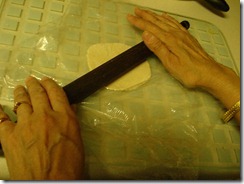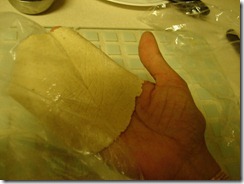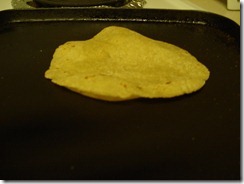Yogurt is the best probiotic that we can include in our daily diet. When derived from active cultures, yogurt maintains and improves the balance of different kinds of bacteria in the intestines. Apart from improving overall digestion, these friendly bacteria help to synthesize some of the B group vitamins and Vitamin K.
Antibiotics and painkillers can destroy friendly bacteria, and it is especially important to repopulate the gut flora with these, by ingesting plenty of yogurt. Lactobacillus is the most important component of friendly bacteria.
Yogurt converts lactose (milk sugar) into lactic acid, thus making digestion easier. Lactose intolerant people can usually have yogurt without any problem. Well known nutritionist Marion Nestle recommends trying hard cheese and yogurt, as “the friendly bacteria used to making these foods have already digested most of the lactose they contain. However, caution is the key word here.
Studies tell us that not only are the proteins in yogurt more easily digestible, but also its micro components such as calcium and phosphorus are more widely and immediately available to our bodies. Research shows that our bodies absorb twice the amount of calcium from yogurt than from milk.
Studies also show that–
-yogurt helps to stop dysentery caused by bacteria and unbalanced diets,
-plays a role in the suppression of cancer cells,
-regenerates intestinal flora upset by medication,
-helps in healing skin infection and eczema
-soothes chronic constipation,
-boosts the immune system.
The “Complete Food and Nutrition Guide” brought out by the American Dietetics Association (ADA), states that yogurt is one food that is a must for children, the elderly and for people recovering from illnesses. and that it can even prevent allergy symptoms.
Some yogurt facts written in the ADA Guide–
Regular yogurt supplies considerably more calcium than frozen yogurt.
No federal standards exist for frozen yogurt.
Very low temperatures in frozen yogurt slow down the action of any live cultures.
It is best to have yogurt as a snack rather than at the end of a meal.
Never leave fresh fruit in yogurt for longer than half an hour. Add cooked fruit to yogurt if you wish to make fruit yogurt.
Did You Know
That Ancient Egyptians preserved milk in containers made from animal skins, while in Mesopotamia milk containers were made out of dried gourds. In India, the earthen pot is considered as the best to use for yogurt.
That yogurt is made everyday at home in many cultures. In India people make yogurt by adding a small quantity of the previous day’s yogurt to warm milk, and keeping it in a warmer corner of the kitchen for about 4 hours, till it is set and ready to eat. Yogurt culture can now be bought in stores, but where and how the first few spoons of yogurt were obtained centuries ago is a story that is lost in the mists of history.
That when bought from stores, we need to ensure that yogurt is made from live cultures certified by the National Yogurt Association.




